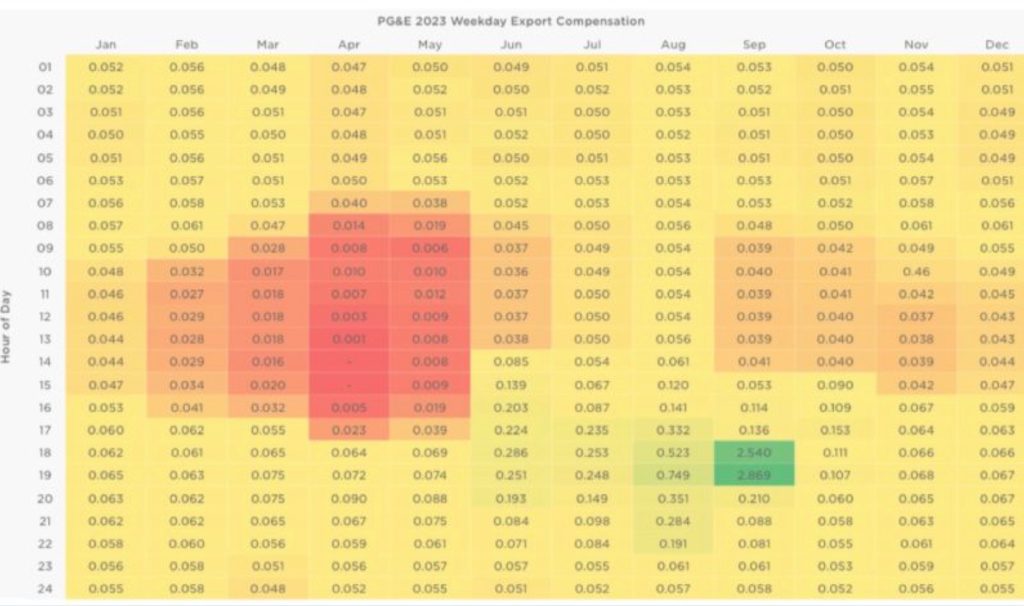
Tesla is expecting its Powerwall to become an even bigger difference maker for homeowners with solar in California following a net metering change.
California changed its net metering rules starting this week. The new Net Billing Tariff (NBT), sometimes referred to as NEM 3.0, is now the new solar billing policy, and it basically results in removing the model of getting credited for sending energy back into the grid at the import price.
Instead, now solar power system owners are getting credit for sending energy into the grid at the value of the avoided cost to the utility, which is similar to the wholesale cost of a large power plant.
This results in a significant drop in the value of the energy an individual can send back to the grid most of the time, except for a few exceptions – especially in September in the evening.
Tesla informed customers of those changes and believes that it significantly increased the value of batteries combined with solar, like Powerwall, for those reasons:
- Using more solar allows customers to save more: Adding Powerwall allows you to store solar energy and use it later, instead of exporting it to the grid for minimal credit. A solar-only system will reduce the median customer’s electricity bill by 57%; with Powerwall, the bill will go down by 92%.*
- Earn more during “Power Hours”: Powerwall’s intelligent, customizable software allows you to take advantage of the “Power Hours” in September when credits are 75x higher than the lowest export prices during the month.
For example, with PG&E, those “Power Hours” result in a rate of $2.87 per kWh at 19h00 on September evenings:

It means that someone with a single Powerwall could make hundreds of dollars just by sending back a few kWh every evening during September. There are a few more times throughout the year when it’s also going to be worth it to send back energy with Powerwall, but the rest of the time, most of the value will be in the Powerwall allowing homeowners to use more of their own solar.
For those reasons, Tesla now says that it will provide Powerwall with all its own solar installations in California.
Top comment by SteveM
Instead of requiring the utilities to install megapack battery storage to absorb the excess daytime solar generation, the CPUC has shifted that capital expense burden to the residential homeowner, with a compensation scheme that is barely above wholesale. I'm stating the obvious, but this is a win for the utilities and will likely have a chilling effect on new residential solar installs in California.
Tesla also works with other solar installers in the state to provide its home battery pack.
The company is predicting that solar plus Powerwall could result in 92% savings on the electric bill of an average home owner during the first year:

Over 10 years, which is the period of a Powerwall warranty, it could result in as much as $15,000 in savings, which is about the price of a Powerwall installation. Therefore, it basically pays for itself while also providing backup power capabilities and most likely still offering value after those 10 years.
If you want to make sure you’re finding a trusted, reliable solar installer near you that offers competitive pricing, check out EnergySage. EnergySage is a free service that makes it easy for you to go solar – whether you’re a homeowner or renter. They have hundreds of vetted solar installers competing for your business, ensuring you get high-quality solutions and save 20 to 30% compared to going it alone. Plus, it’s free to use, and you won’t get sales calls until you select an installer and share your phone number with them.
FTC: We use income earning auto affiliate links. More.





Comments